- See lovely pictures of Ornate Doors in Zanzibar and briefly know about the historical ties between India and Tanzania.
Ornate carved doors can be seen in many parts of India;
but I have never seen such a large number in any one place as I did in the
magical winding lanes of the World Heritage Site of Stone Town in Zanzibar,
Tanzania.
Stone Town, an old trade center with mosques and
winding lanes, is the historical center and cultural heart of Zanzibar. As a
primary trading post on the spice, silk, and slave trade routes for over a
millennium, it has been a unique meeting place blending African, Indian,
Arabian and European cultures.
Sifra Lentin wrote
in GatewayHouse.in, “The ancient
links with the west coast of India and East Africa, and Zanzibar in particular,
began with trade during the 16th to 18th centuries. The independent
Kutch and Saurashtra ports, and the Mughal port of Surat, had mercantile ties
with the Gulf and Red Sea Arabs and expanded to the East African coast as far
south as Mozambique. India exported textiles, indigo, wheat, rice, and
leather goods, while Zanzibar supplied slaves, small quantities of ivory, and
gum copal to these kingdoms.”
These
old ties could be the reason why India decided to set up the first overseas
campus of Indian Institute of Technology Madras in Zanzibar.
Stone House gets its name from the ornate houses built
with local stone by Arab traders and slaves during the 19th century.
While the doors stand in stark contrast to the drab,
peeling walls they grace, they are impossible to miss anywhere you turn in the
winding lanes. They seem to be striking reminders of the affluence that the
Town might have enjoyed at one time.
The tradition
of carved doors was originally borrowed from immigrant Gujarati Indian trading
communities (and this is where the
concept of uppar makan, niche dukan seems to have originated - see pictures) -
but there are also doors of the Omani style with Koranic inscriptions.
Less than 800 original Zanzibar doors remain today,
most dating back to the late 18th and 19th centuries. They are now protected by
the Stone Town Conservation and Development Authority.
Here are pictures of doors clicked be me.
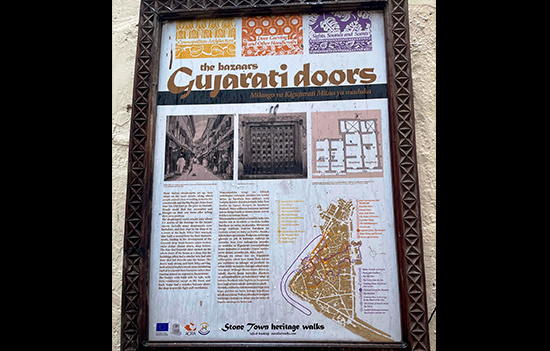
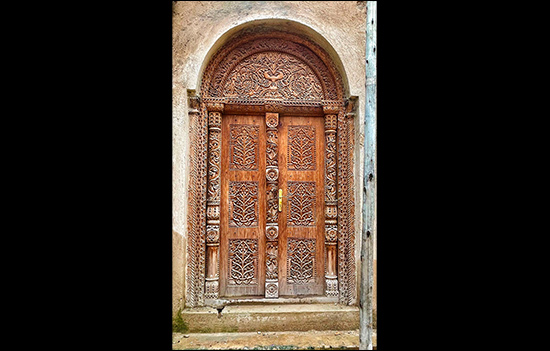
 Author.
Author.
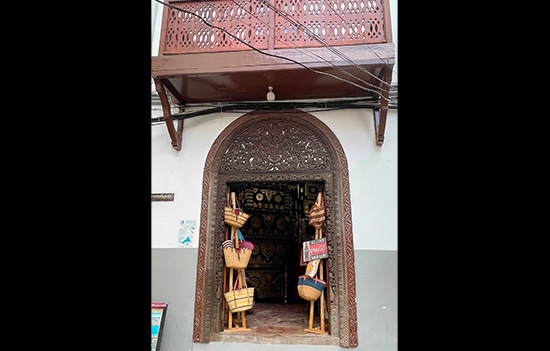
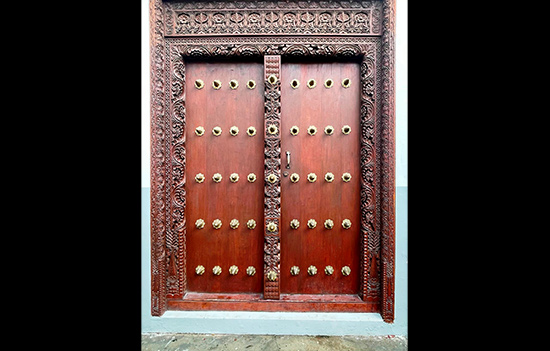
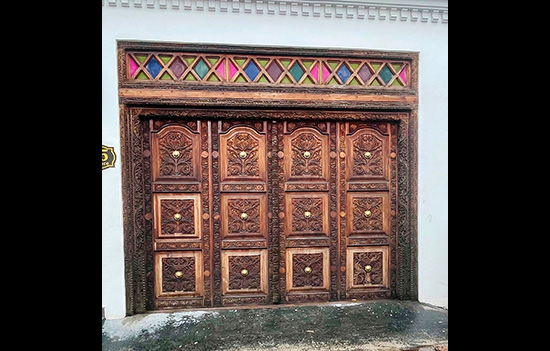
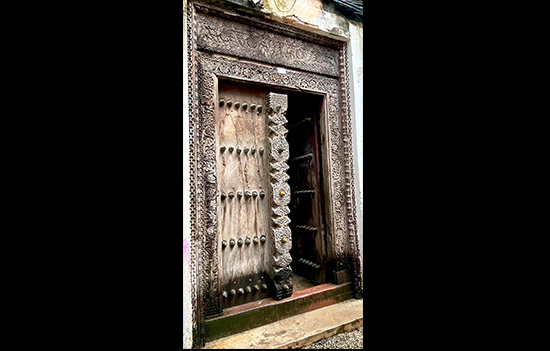
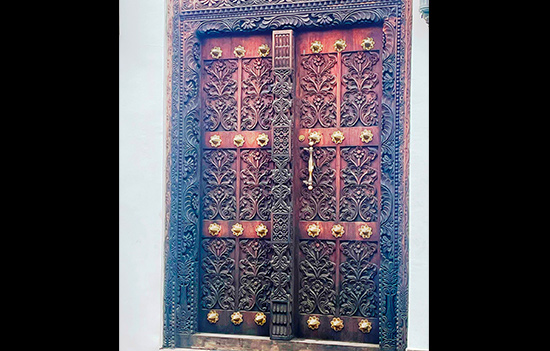
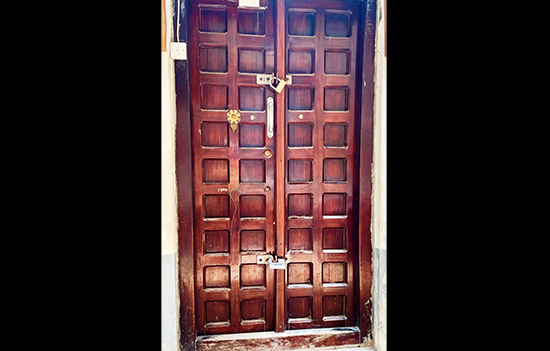
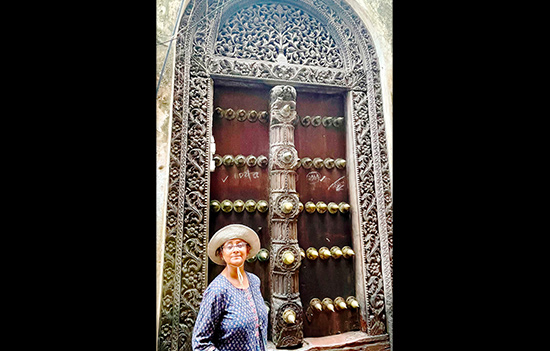 Author wife.
Author wife.
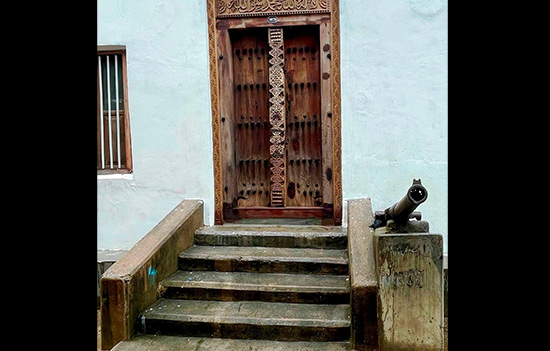
There are a lot of other places to see in Zanzibar.
The archipelago boasts of clear turquoise-blue waters,
shallow sandbars, the Prison Island, and an ancient Spice Capital of the world.
While in Zanzibar, a visit to the Spice Farm is very
informative and almost mandatory! It is still known for the cloves, nutmeg, cinnamon,
and black pepper that are grown there.
Also read
1. Bombay’s historic
ties with Zanzibar
2. Why so many Gujaratis in
East Africa Video 4.36 minutes
3. India
and Africa Historical Bonds with special references to Kutchis in Zanzibar